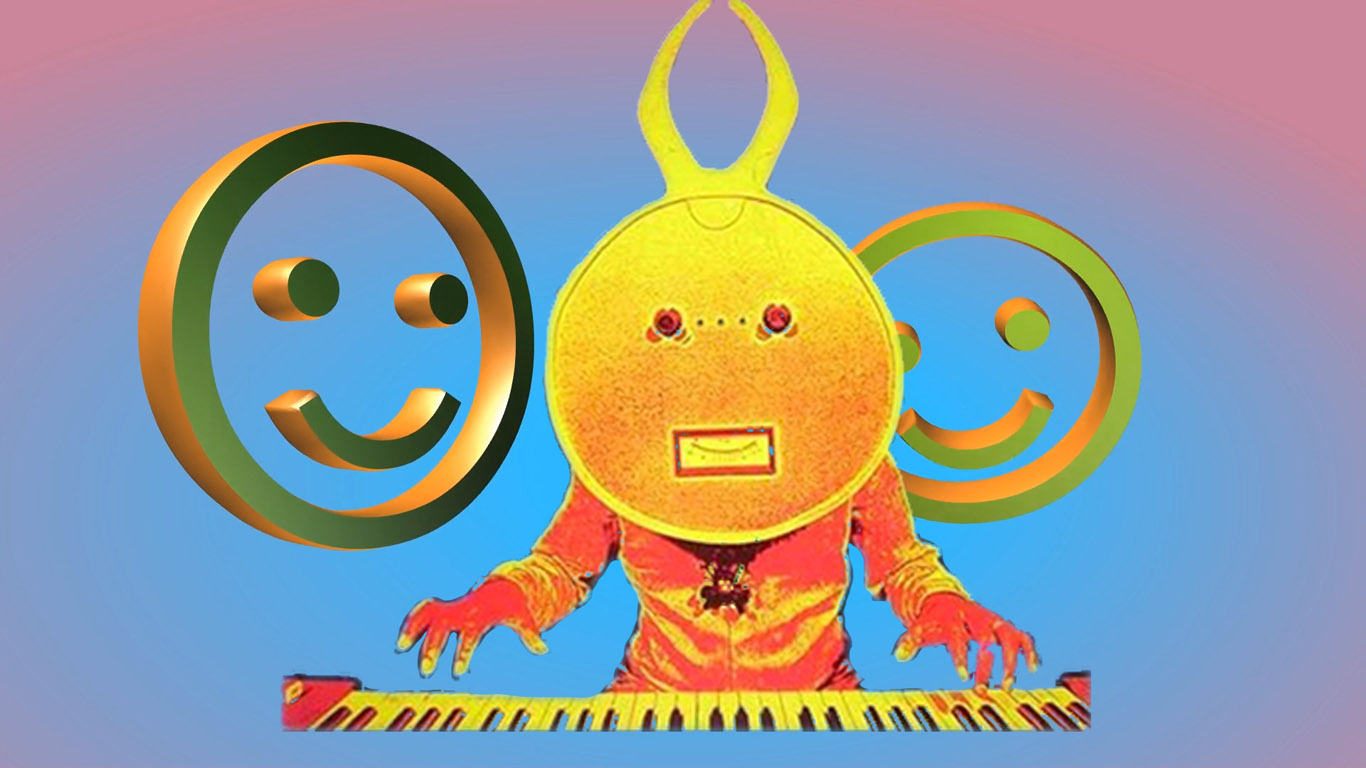.jpg)
.jpg)
.jpg)


.jpg)
.jpg)
Dolphin Dance is a jazz standard by Herbie Hancock. from his 1965 Maiden Voyage album, though Herbie also re-recorded it in 1974 and again in 1981. I figured it was about time it was recorded again fresh for 2016! I play high bass, keys and guitar on this track. It's a sensitive composition so I resisted my usual inclination to do something rebellious when playing jazz standards. Dig the double bass solo at 2 mins 24.
"Dolphin Dance" is a jazz composition by Herbie Hancock, featured on his 1965 album "Maiden Voyage."
Here's a musical analysis
1. Modal Harmony "Dolphin Dance" is notable for its use of modal harmony, a characteristic feature of much of Hancock's work during this period. The composition is primarily based on the Dorian mode, particularly in the key of E-flat minor. The modal approach allows for a sense of openness and flexibility in the harmonic progression, providing a canvas for melodic exploration and improvisation.
2. Form The structure of "Dolphin Dance" is based on a 32-bar AABA form, a common format in jazz standards. The A sections typically feature a floating and lyrical melody over a Dorian modal vamp, while the B section introduces a contrasting harmonic progression. The form provides a framework for both ensemble playing and individual improvisation.
3. Rhythmic Feel The song is characterized by its relaxed and fluid rhythmic feel, often described as a "medium swing." The rhythm section, consisting of piano, bass, and drums, establishes a subtle and swinging groove that propels the song forward. The rhythmic feel of "Dolphin Dance" is understated yet dynamic, providing a sense of momentum and flow.
4. Melodic Development The melody of "Dolphin Dance" is melodic and evocative, with smooth and flowing phrases that reflect the song's serene and contemplative mood. The melody unfolds gradually over the course of the composition, with subtle variations and nuances that add depth and interest. The melodic development of the song allows for moments of improvisational freedom and creative expression by the performers.
5. Instrumentation "Dolphin Dance" typically features a small jazz ensemble consisting of piano, bass, drums, and one or more melodic instruments such as saxophone or trumpet. Each instrument contributes to the overall texture and mood of the piece, with Hancock's piano playing serving as the focal point. The ensemble interacts dynamically, with each member contributing their unique voice to the collective improvisation.
6. Emotional Depth "Dolphin Dance" is known for its emotional depth and introspective quality. The composition conveys a sense of tranquility and inner reflection, evoking images of peaceful oceanic landscapes. The emotional resonance of the song is enhanced by its rich harmonic textures, expressive melodies, and subtle rhythmic nuances, making it a timeless classic in the jazz repertoire.
Overall, "Dolphin Dance" is a masterful composition that showcases Herbie Hancock's talent as a composer and musician. Its modal harmony, lyrical melody, and atmospheric texture have made it a beloved and enduring piece of music that continues to captivate audiences around the world.
